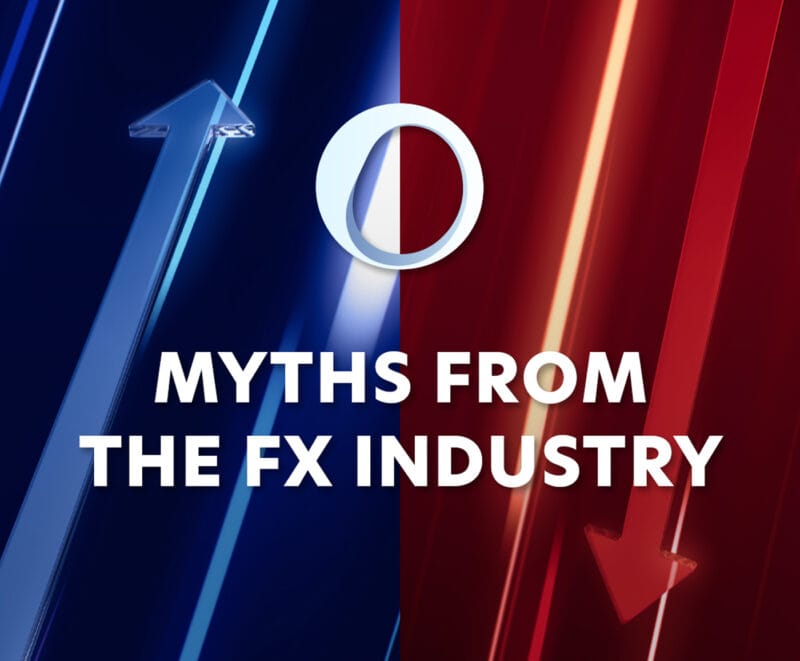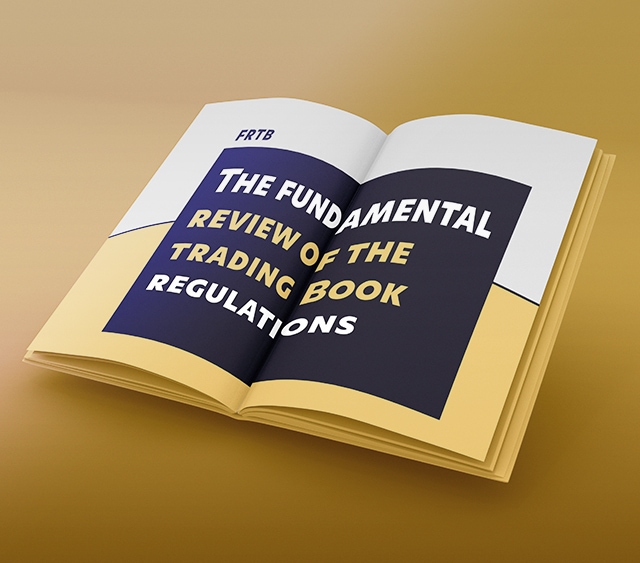Fundamental analysis and technical analysis are two key approaches for assessing whether a security is worth investing in, and whether its price is likely to trend up or down. The strategies usually split opinions, although some analysts blend them together successfully.
Jump to headlines:
Focus on the financials or prey on the price action?
“Stick to the fundamentals. That’s how IBM and Hilton were built. Good things, sometimes, take time.”
—Lou Mannheim
Lou Mannheim, the veteran trader and walking moral compass played by Hal Holbrook in the iconic 1987 film Wall Street, is a touch preachy. Or a lot preachy, in that channeling Oliver Stone kinda way. But still, he makes a good point.
He tells Bud Fox, the young gun, played by Charlie Sheen, out to make a quick buck, to focus on the fundamentals.
He’s referring to the school of thought behind fundamental analysis and the practice of selecting stocks for investment based on their intrinsic value.
Bud is looking for another way. A way to jump to the chase, beat the market, and back a stock that will make money in the short term.
The two characters are a bit like embodiments of fundamental and technical analysis – two different strategies for evaluating investments and forecasting price trends. Lou, slow and steady, eyes fixed on the horizon with a steadfast belief that truth will prevail. Bud, short-term opportunist looking to buy low and sell high before others catch on.
Of course, Bud goes way too far, under the amoral tutelage of Gordon Gekko, and also gets involved in insider trading, but that’s a whole different story.
There’s a short-termism to technical analysis – an excitement in the idea you can cut the academic, painstaking analysis of company financials, and skip to the action. Well, the price action at least.
If fundamental analysis has that ‘diligent, in it for the long run’ feel to it, technical analysis is its glamorous younger cousin, who doesn’t want to delay gratification, who’s looking to buck the trend with maverick insights and predictions of price movements.
So, which are you? Lou or Bud? Read our overview to both schools of thought below and make up your mind.
An overview of fundamental analysis
What is it?
Fundamental analysis seeks to determine the intrinsic value of a stock. Analysts then compare their estimated valuation with the trading price to find out if it’s over- or under-valued.
Warren Buffet, a famous proponent of fundamental analysis, summed up the approach when he said: “Whether we’re talking about stocks or socks, I like buying quality merchandise when it is marked down.”
Fundamental analysts believe that, while in the short term prices can be inaccurate, over the long term they’ll reflect the true value of the underlying asset, whether it’s a company, a commodity, or another type of security.
Fundamental analysts build their own complex valuation models to evaluate stocks as accurately as possible, removing as much bias as they can.
What tools and data do fundamental analysts use?
Fundamental analysts’ valuation models typically incorporate many factors, such as:
- Macroeconomic factors – such as the wider economy’s health, interest rates, industry growth, and the regulatory environment.
- Microeconomic factors, which may be qualitative – such as a company’s leadership team, how a business is run, what its business model is, and whether a company can maintain a competitive advantage – or quantitative – such as a company’s financial performance, derived from company financials: the balance sheet, income statement, and cash flow statements.
If the asset is a commodity, fundamental analysts will look at other data that may have an impact on the supply or demand, such as inventory, costs of production, or barriers to trade.
Unlike stock charts, the data fundamental analysis relies on is rarely available in real-time. Depending on the country, industry, and the regulations for companies’ financial filing obligations, this could be quarterly, twice yearly, or annually rather than hourly, daily, weekly, or even monthly.
Learn more about fundamental analysis
Benjamin Graham, an investor and author considered the father of value investing, is responsible for two of the seminal books on fundamental analysis: Security Analysis, which Graham wrote with David L Dodd, published in 1934, and The Intelligent Investor, published in 1949.
An overview of technical analysis
What is it?
Technical analysis is based on identifying recurring trends in security price data. Analysts look at historical price data and try to identify patterns to help them predict future movements.
Proponents of technical analysis make an assumption that a security’s price already incorporates all known fundamentals. So, all that’s left is selecting good entry and exit points, and identifying opportunities to take advantage of.
The price and volume data technical analysts depend on is often available in real time, and the charts they look at provide data points every minute, hour, day, and week. This immediacy of information allows a more short-term approach to trading.
Credit Suisse says the purpose of technical analysis is “to identify trend changes that precede the fundamental trend and do not (yet) make sense if compared to the concurrent fundamental trend.”
While a fundamental analyst might believe in a company whose stock is currently undervalued, they may need to wait years for the market price to reflect that value. A technical analyst will try to predict market sentiment and try to profit from price fluctuations in the meantime.
What tools and data do technical analysts use?
Technical analysts’ main tools are stock charts, often live stock charts, providing real-time trading alerts and other trading information. Candlestick charts are among the most commonly used ones.
Technical analysts look at historical data and try to spot where similar patterns recur, using trend lines, moving averages, and support and resistance level analysis.
Learn more about technical analysis
Technical Analysis Explained by Martin Pring is considered one of the go-to texts when it comes to technical analysis.
For an understanding of candlestick chart analysis, read Steve Nison’s Japanese Candlestick Charting Techniques: A Contemporary Guide to the Ancient Investment Techniques of the Far East
Fundamental vs technical analysis: key differences
Fundamental analysis
- It depends on company financials data and complex valuation models: Fundamental analysts look at hard evidence about the underlying asset to determine whether or not it’s trading at a premium or a discount.
- It’s time and effort-intensive: Undoubtedly, it’s time-consuming to develop a valuation model and to study macroeconomic factors, home in on an industry, and then go through company financials.
- It’s hard to gain a competitive advantage: Data like company financials are public so investors look for exclusive datasets or models to give them an edge.
- It’s a long-term game: While fundamental analysis can be used to evaluate the value of a security, it may be months or years before the market price reflects that value, and the approach does little to help forecast short-term price fluctuations.
Technical analysis
- It depends on financial charts: Technical analysts look at live real-time stock charts and other data showing securities’ price action to identify patterns based on historical behavior.
- It’s more effective for short-term trading: Technical analysis can be effective for forecasting likely future trends in security prices, but it’s used most over the short or medium term.
- It can be inconclusive: Although quick, and easier to automate in some areas, there’s more of an art to chart reading and pattern spotting than you might think, and analysis paralysis can arise – indecision stemming from differing inferences from the same data.
- Technical analysis studies behavior rather than facts: A fundamental analyst can look at quantitative and qualitative data to tell you what a company is worth on paper. But a technical analyst will tell you that there’s another major factor influencing the company’s stock price – namely data that shows investor sentiment.
Although they’re seemingly diametrically opposed, in practice, traders will commonly combine the two techniques, using one to confirm or refine insights reached using the other.
All the best new tools for market analysis under one roof
Whether you’re new to trading, a seasoned investment manager, a Lou or a Bud, if you’re living in 2022, you need access to tools and data to make the right decisions.
At United Fintech, we bring you the latest fintech solutions, including the best market analysis tools and stock research platforms, all in one place.
NetDania offers a first-class financial charting tool called NetStation, which displays live forex charts with more than 2,100 currency pairs, as well as thousands of stocks, indices, and commodities. As well as real-time stock charts and trading information, NetDania offers a tool called Social Charts, which is an interactive charting platform where users can interact with dynamic chart analyses and share them.
You can book a call and a free demo with one of our experts here, or find out how you can use our tools to identify trading opportunities here.














